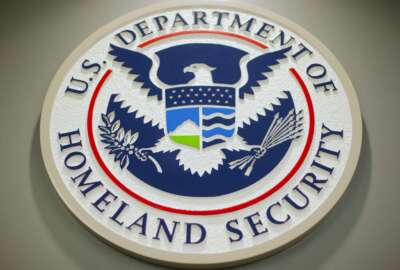NOAA program helping with Gulf oil spill
A new satellite imagery program -- not quite ready for launch -- has been put to the test since the massive oil spill in the Gulf of Mexico.
A new satellite imagery program — not quite ready for launch — has been put to the test since the massive oil spill in the Gulf of Mexico.
Satellite imagery is nothing new to the National Oceanic and Atmospheric Administration, but NOAA’s Chris Warren says the program uses high resolution data from a variety of countries — and it’s tailor-made for situations like oil spills.
“Because the satellites are continuously circling and taking imagery, we were able to provide continuous locations of where the slick was, even when planes and ships were not able to be out there,” Warren tells Government Computer News.
Weather has been an issue as officials try to control the roughly 5,000 barrels (210,000 gallons) of oil per day that has been gushing from a broken well for weeks.
The new program makes imagery available to NOAA, as well as other federal, state, and local organizations involved in the response effort.
“Because of the extent of the spill, the sheer size of it, it’s very difficult for planes and ships to be able to cover the whole area to see where it is every single day, with satellites we’re able to get a much broader view of it and for the most part capture the entire slick in one image.”
Warren says the program will officially be ready in the next year or two.
Copyright © 2024 Federal News Network. All rights reserved. This website is not intended for users located within the European Economic Area.





